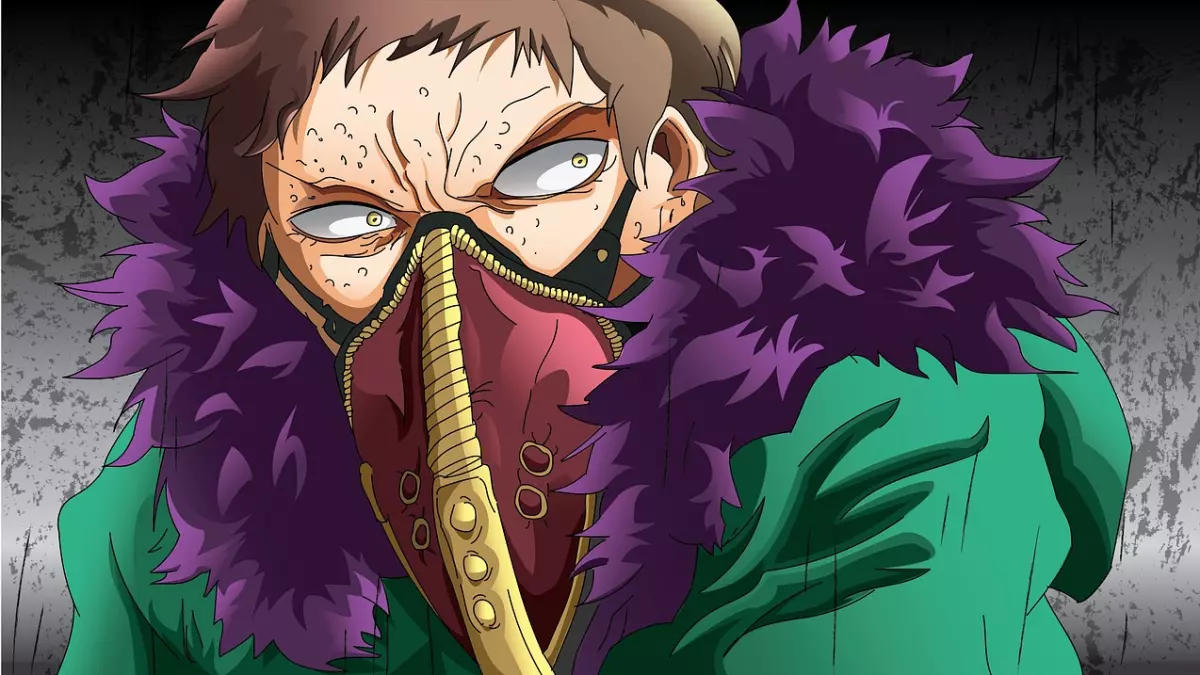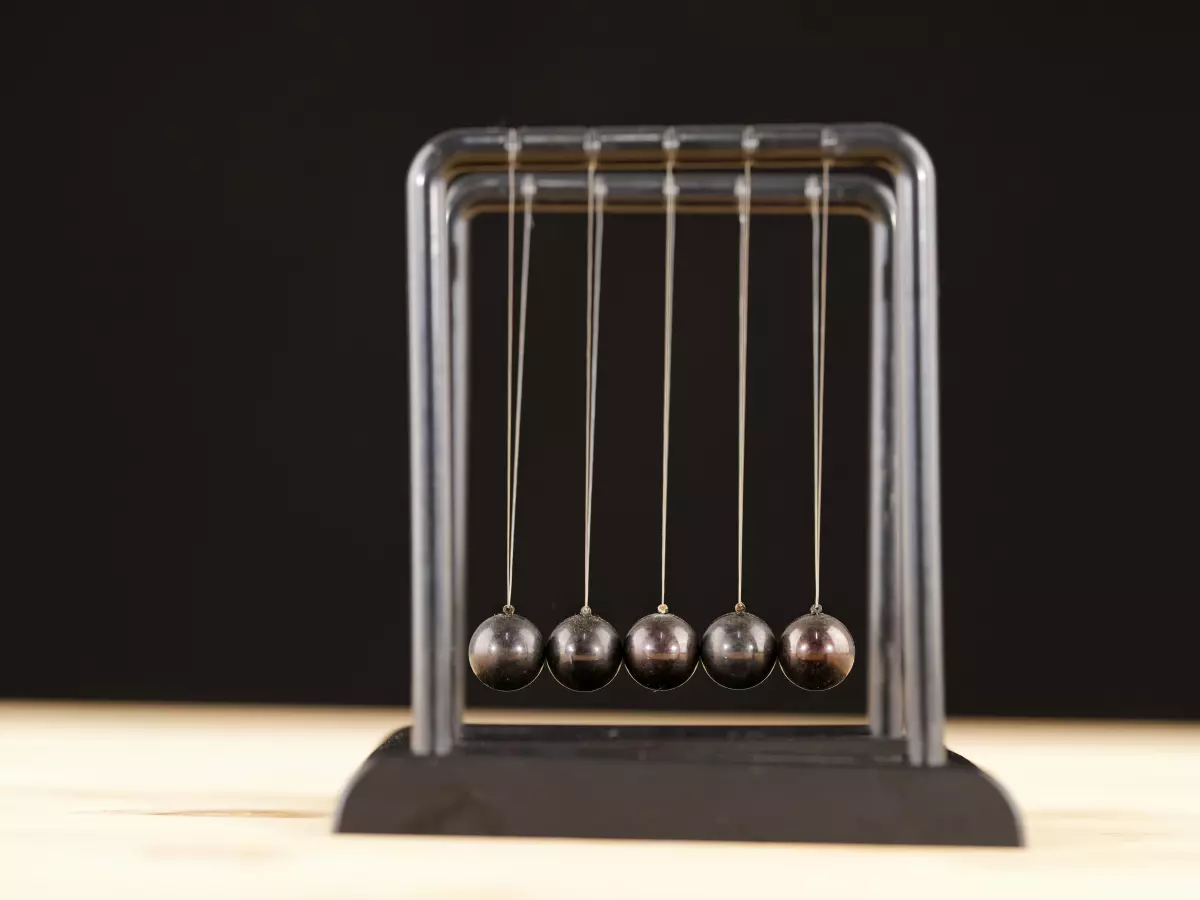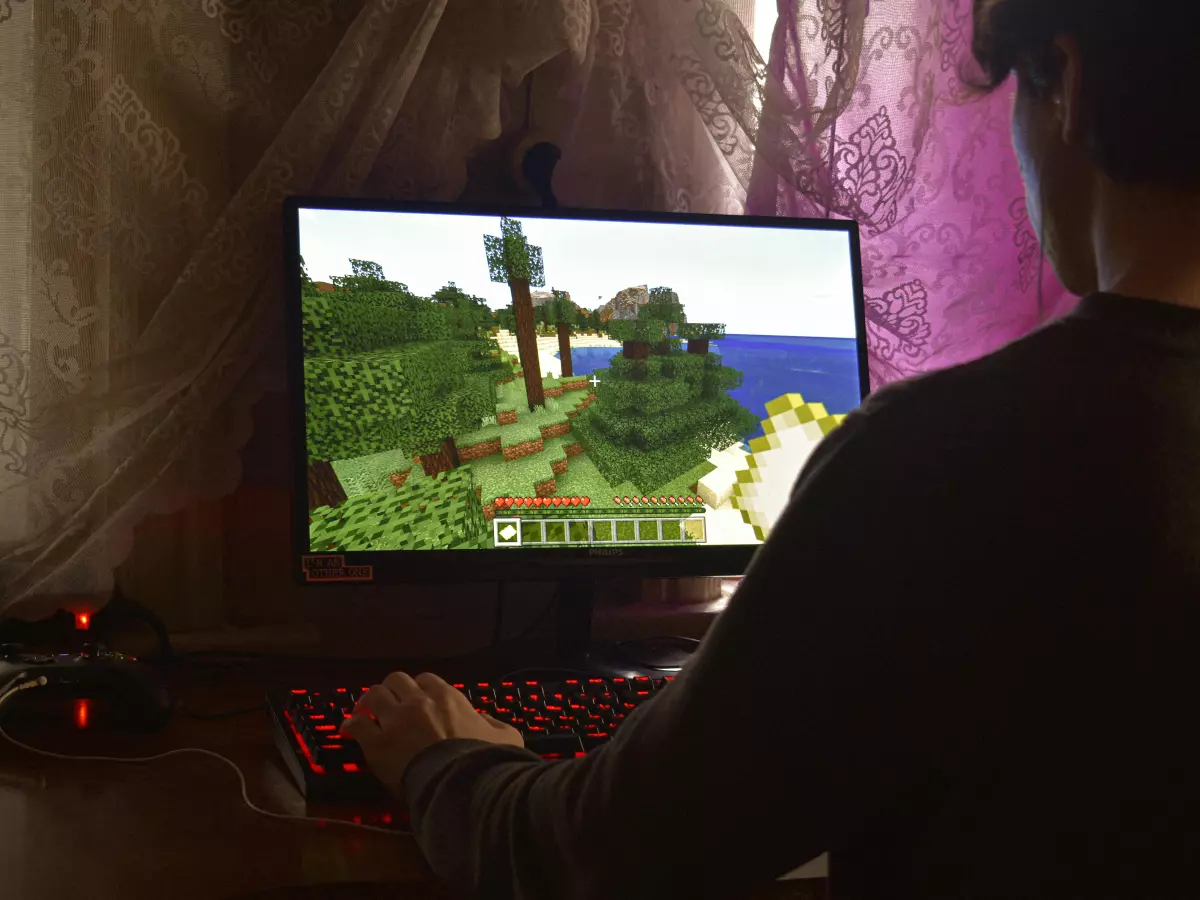Character Motion
You’re sprinting through a dense forest, your character’s cloak billowing in the wind, every step perfectly in sync with the terrain. But how does that even happen? How do game characters move so fluidly, with every jump, punch, and dodge looking like it belongs in a blockbuster movie?

By Dylan Cooper
Welcome to the world of real-time character animation, where game engines work overtime to ensure that the characters you control move as naturally as possible. Whether it’s a simple walk cycle or a complex combat sequence, game engines are responsible for managing the intricate dance of bones, muscles, and pixels that bring characters to life. But here’s the kicker—this all happens in real-time, meaning the engine is calculating and rendering these movements on the fly as you play. So, how do game engines pull off this magic trick? Let’s break it down.
First, let’s talk about the problem. Character animation in games is no small feat. In movies, animators have the luxury of time. They can spend hours, days, or even months perfecting a single scene. But in games, everything has to happen in real-time. The engine has to calculate how a character moves based on player input, environmental factors, and even physics—all within milliseconds. If it’s too slow, the game feels clunky. If it’s too fast, it looks unnatural. Achieving that perfect balance is the challenge.
Now, the solution. Game engines use a combination of techniques to handle real-time character animation. One of the most common methods is skeletal animation. This technique involves creating a “skeleton” for the character, which is essentially a series of interconnected bones. Animators then attach the character’s 3D model to this skeleton. When the bones move, the model moves with them. It’s like a digital puppet show, but way cooler.
But skeletal animation is just the beginning. To make characters move more realistically, game engines also use inverse kinematics (IK). IK is a technique that allows the engine to calculate how a character’s limbs should move based on the position of their hands or feet. For example, if your character is climbing a ladder, IK ensures that their hands and feet are placed correctly on the rungs, even if the ladder is at an odd angle. This adds a layer of realism that makes the character’s movements feel more grounded in the game world.
Another key technique is blend trees. In most games, characters don’t just perform one action at a time. They might be running, jumping, and swinging a sword all at once. Blend trees allow the engine to combine multiple animations together, creating a seamless transition between different actions. For example, if your character is running and you press the jump button, the engine will blend the running animation with the jump animation, making it look like one fluid motion. Without blend trees, transitions between animations would be jarring and unnatural.
But what about when characters interact with the environment? That’s where ragdoll physics comes into play. Ragdoll physics is a technique that allows characters to react dynamically to the world around them. For example, if your character gets hit by an explosion, ragdoll physics will make their body react realistically, flailing and tumbling based on the force of the blast. This adds a layer of unpredictability to the game, making each interaction feel unique and unscripted.
Of course, all of this wouldn’t be possible without the power of modern hardware. Real-time character animation is incredibly resource-intensive, requiring a lot of processing power to calculate all of these movements on the fly. That’s why game engines are constantly being optimized to make the most of the available hardware. Techniques like animation culling help by only rendering animations that are visible to the player, reducing the load on the CPU and GPU. This ensures that the game runs smoothly, even when there are dozens of characters on screen at once.
But real-time character animation isn’t just about making characters move realistically. It’s also about making them feel responsive. In fast-paced games like first-person shooters or fighting games, even a slight delay in character movement can be the difference between victory and defeat. That’s why game engines use techniques like animation prediction to anticipate player input and start rendering animations before the player even presses a button. This creates the illusion of instant responsiveness, making the game feel more fluid and immersive.
So, what does all of this mean for the future of gaming? As hardware continues to improve, we can expect real-time character animation to become even more sophisticated. Techniques like motion matching are already being used in some games to create even more realistic animations. Motion matching works by analyzing a large database of pre-recorded animations and selecting the one that best matches the player’s input. This allows for incredibly lifelike movements that are almost indistinguishable from real life.
And let’s not forget about the role of AI in all of this. AI is already being used to create more dynamic and responsive characters, and it’s only going to get better. Imagine a future where game characters can learn from your playstyle and adjust their animations accordingly, creating a truly personalized gaming experience. The possibilities are endless.
In conclusion, real-time character animation is one of the most complex and fascinating aspects of game development. From skeletal animation to inverse kinematics, blend trees to ragdoll physics, game engines use a variety of techniques to bring characters to life. And as hardware and AI continue to evolve, we can expect even more realistic and immersive animations in the future. So the next time you’re playing a game and marveling at how smoothly your character moves, just remember—there’s a whole lot of tech working behind the scenes to make it happen.





